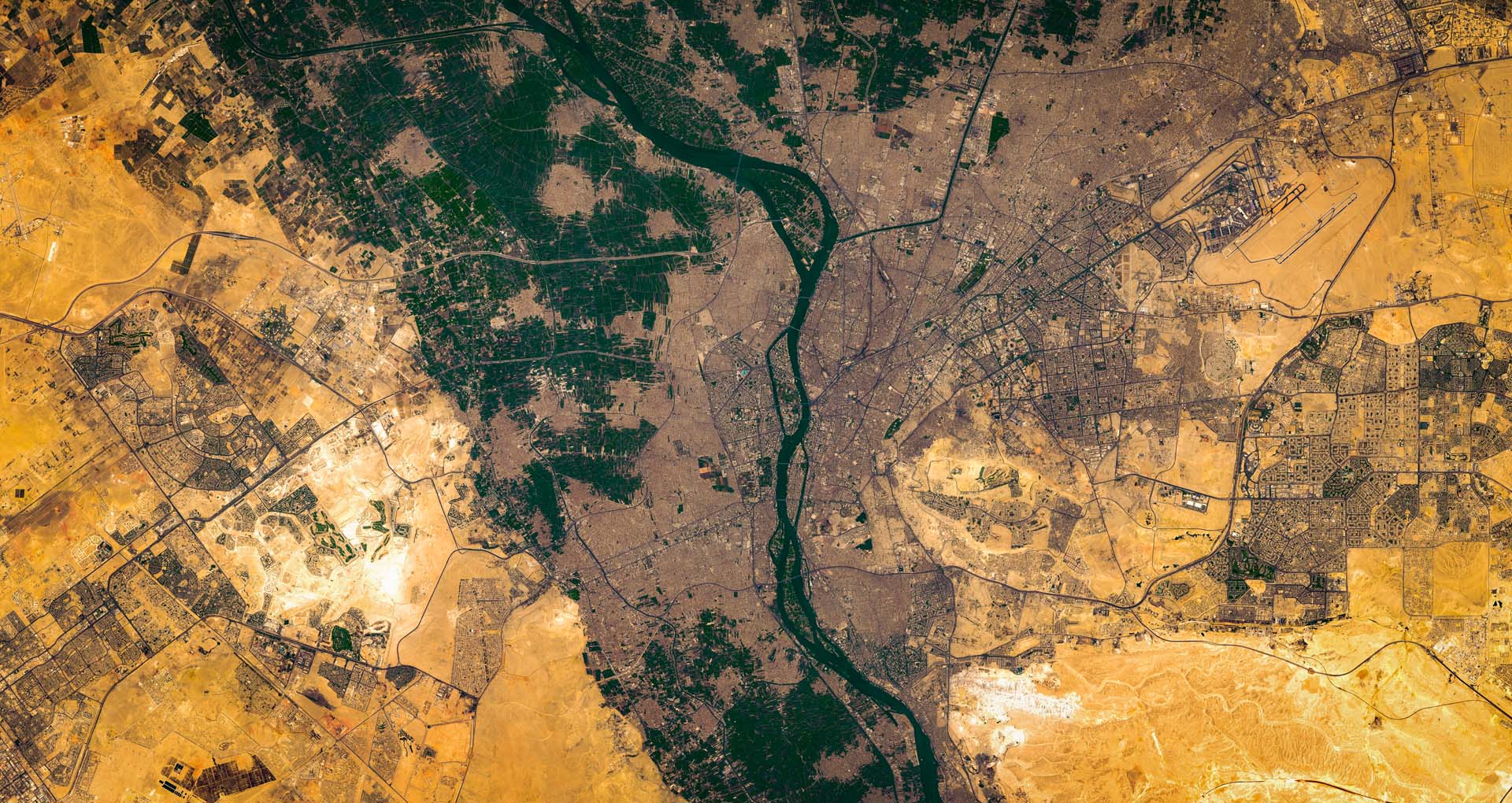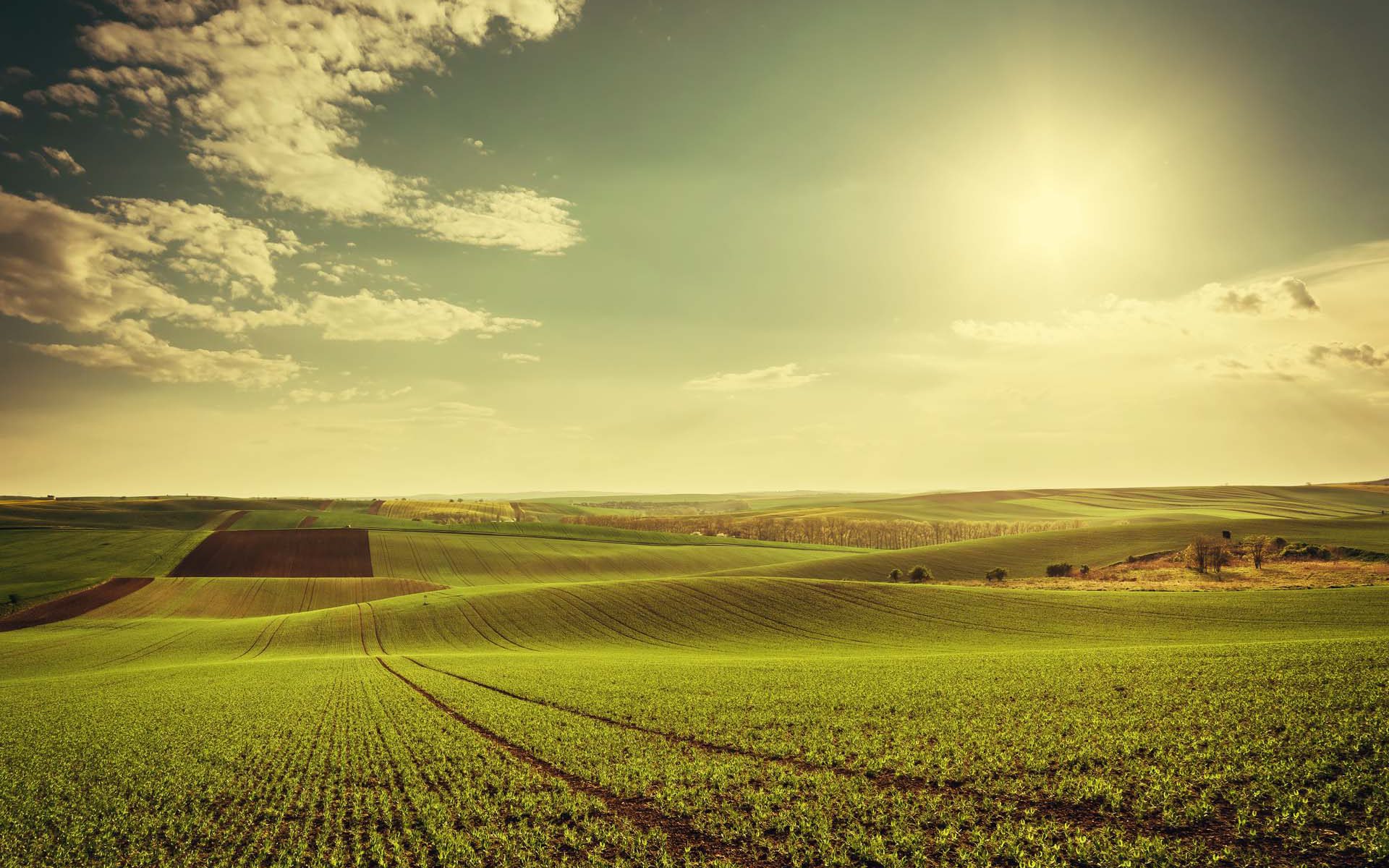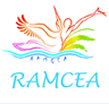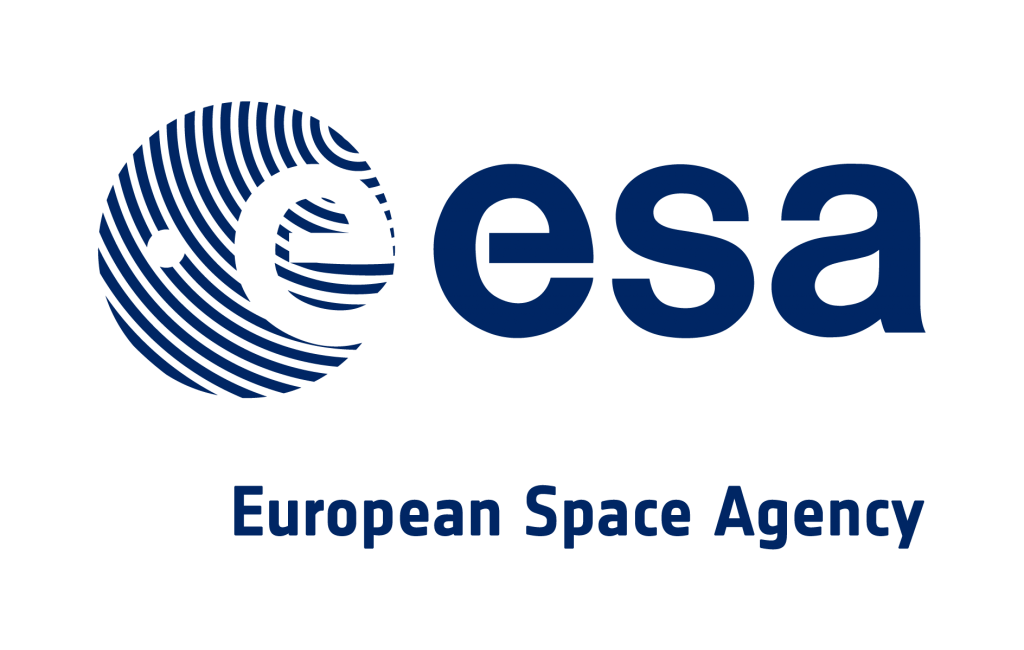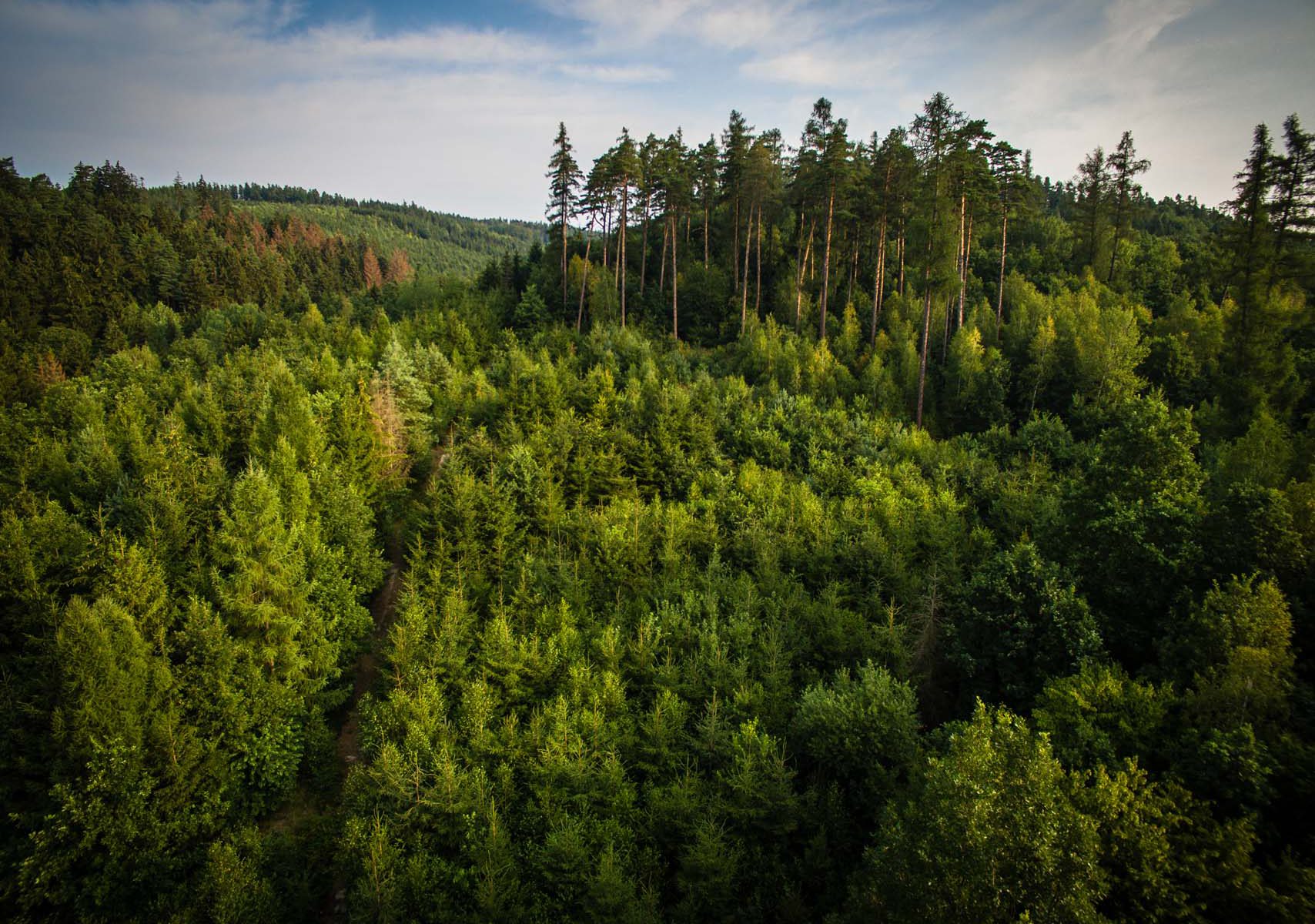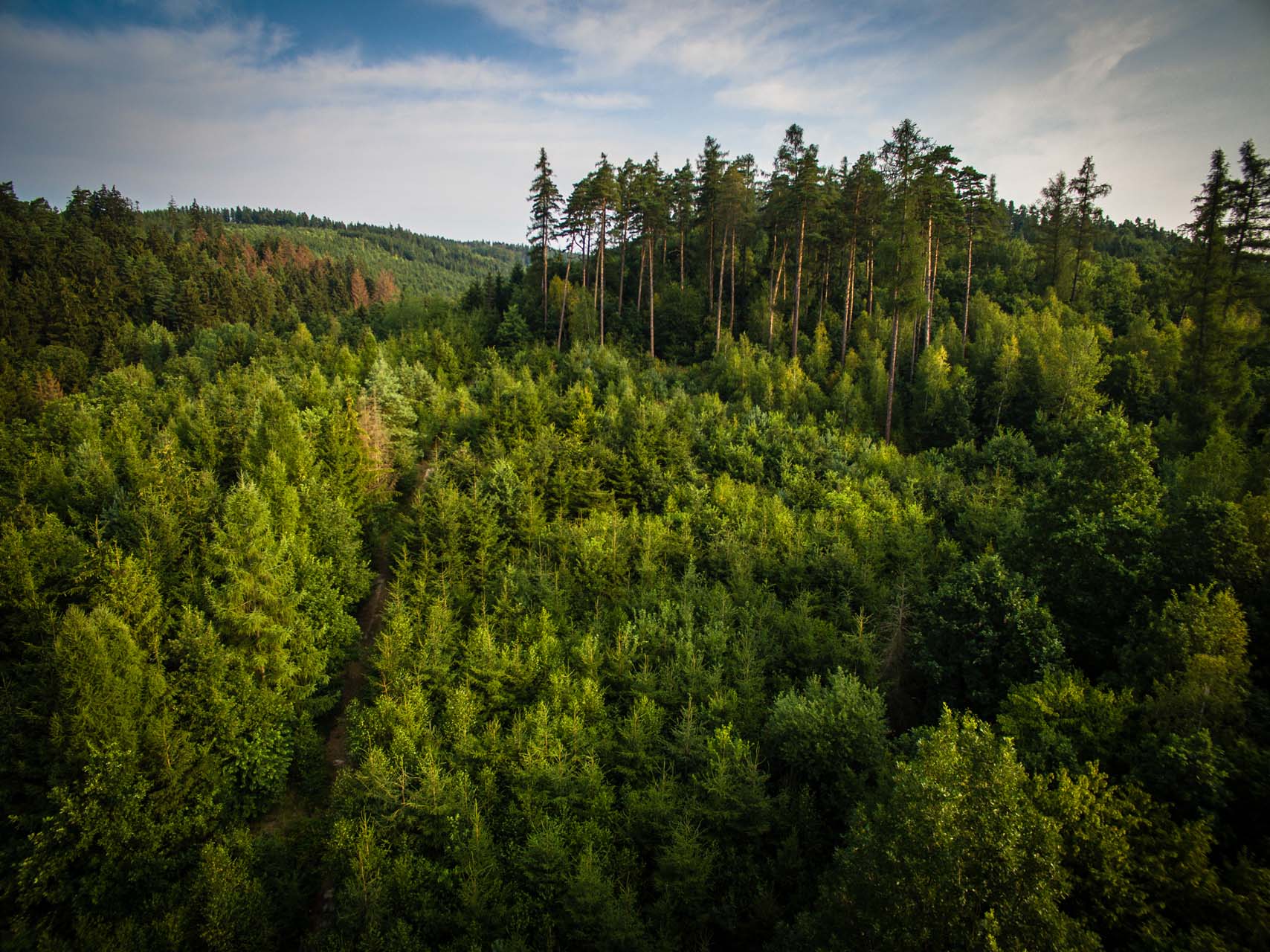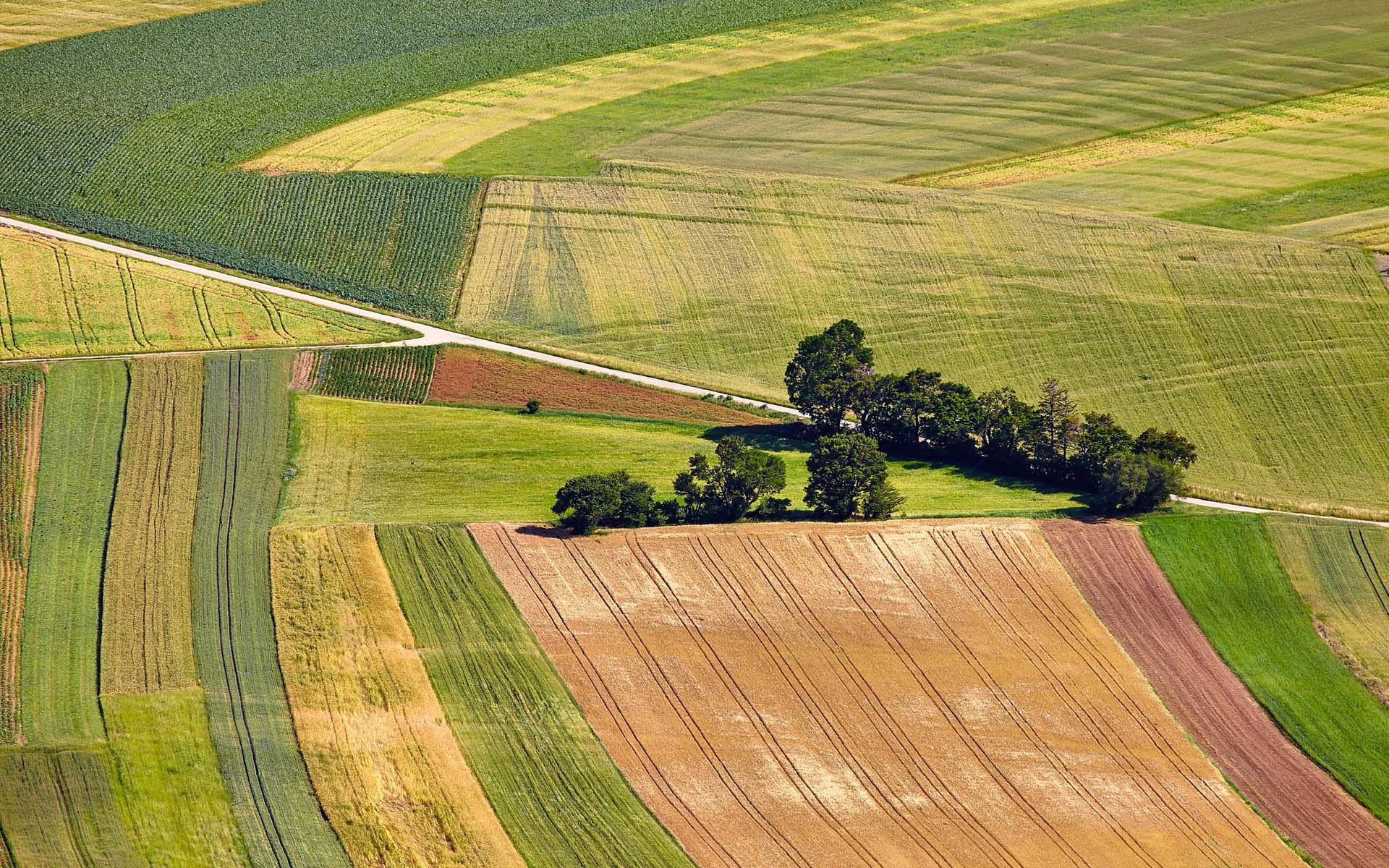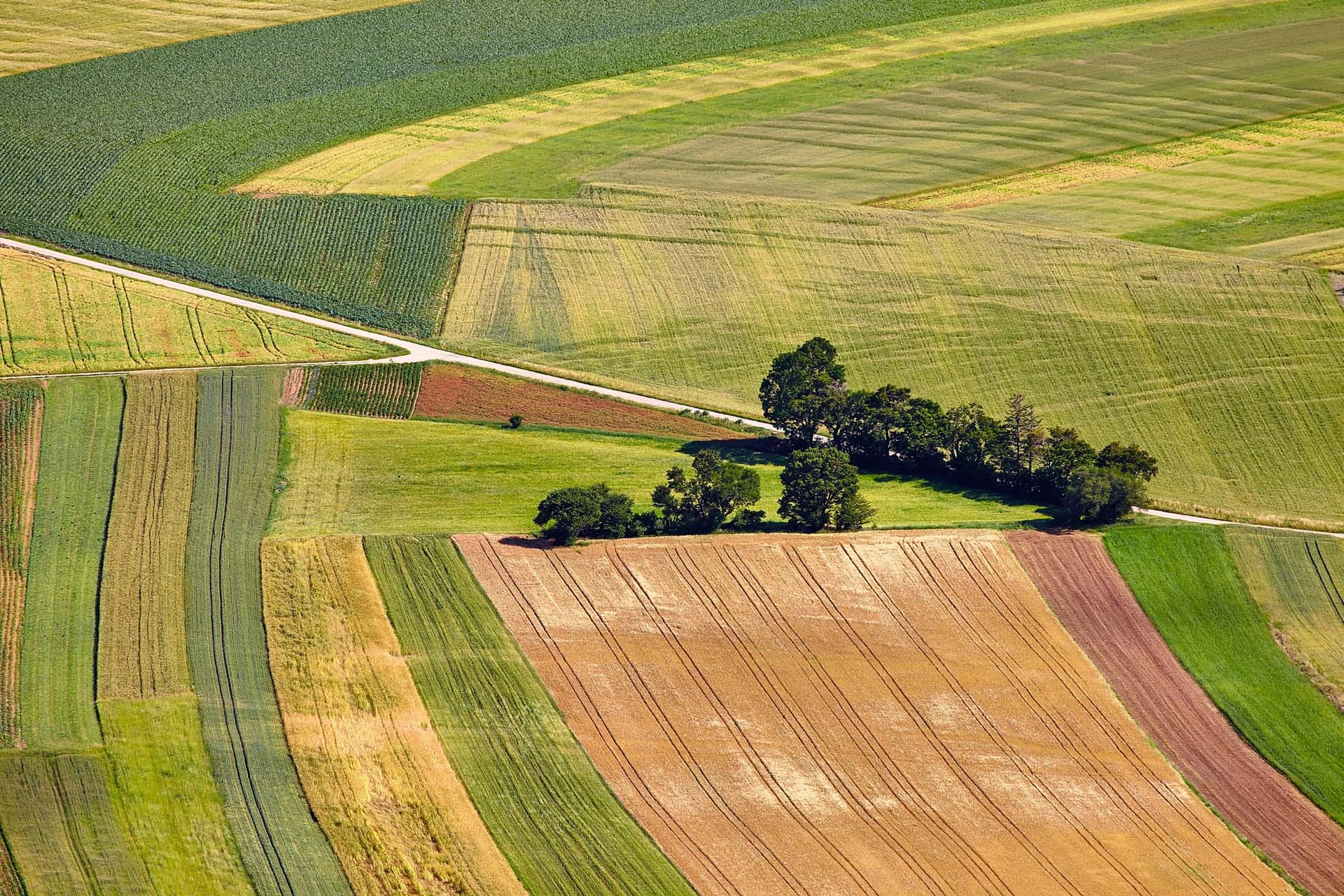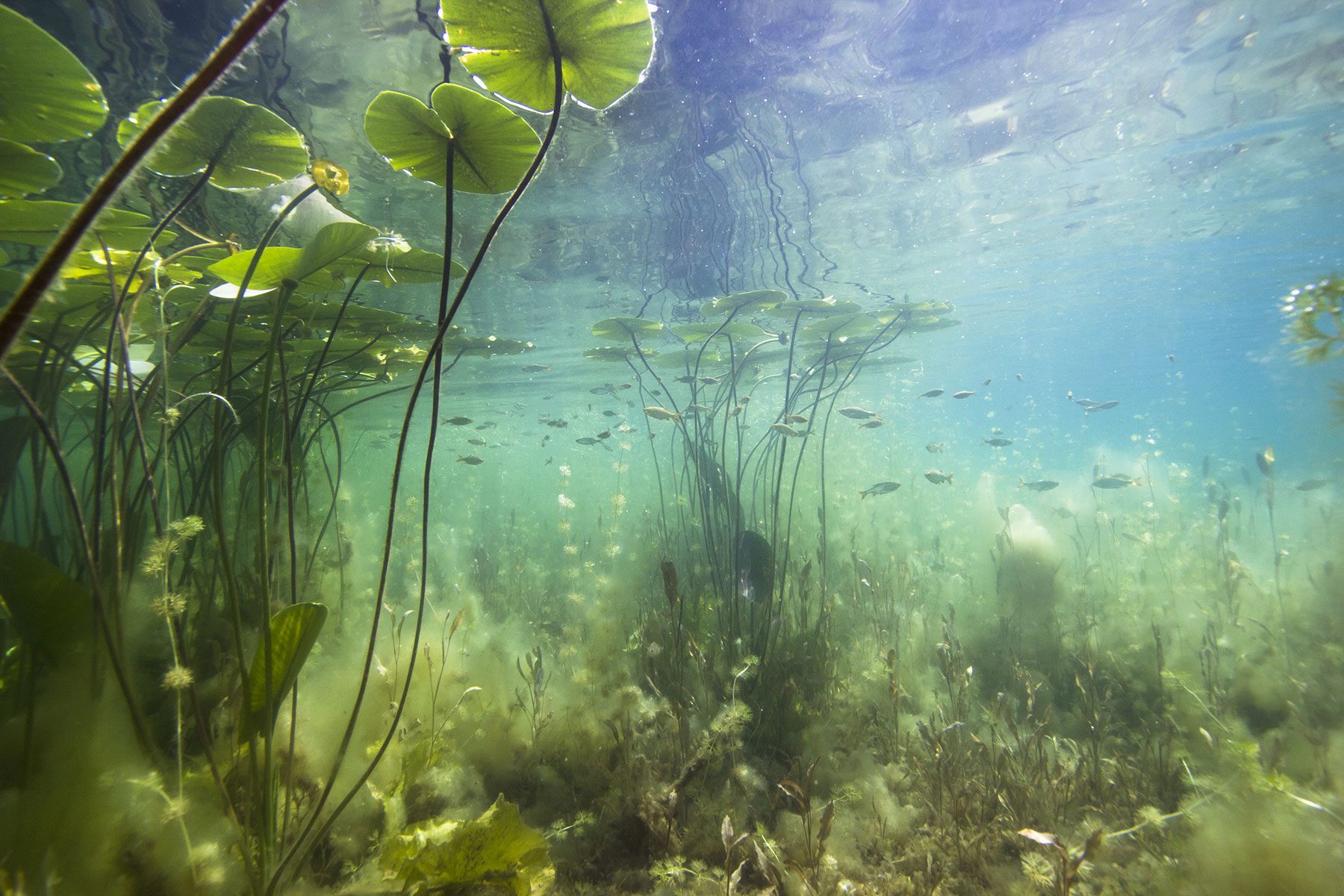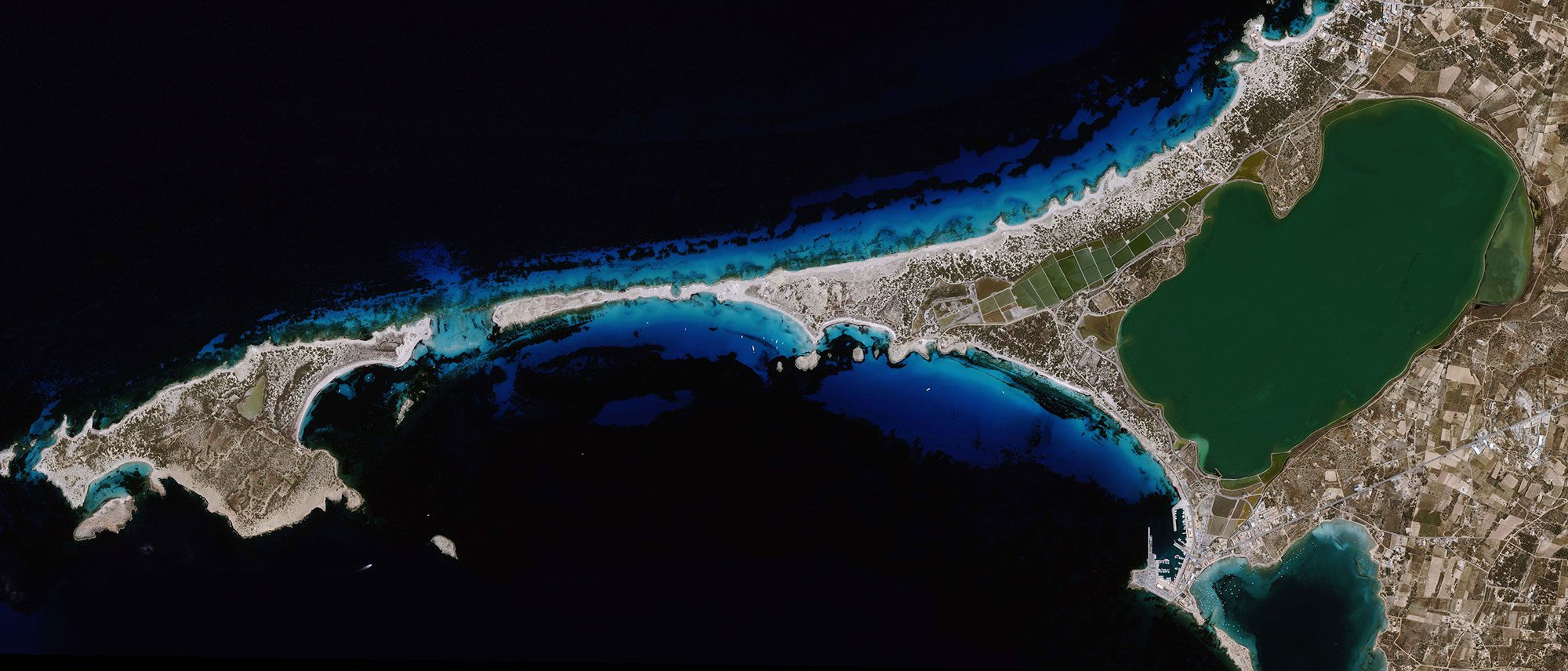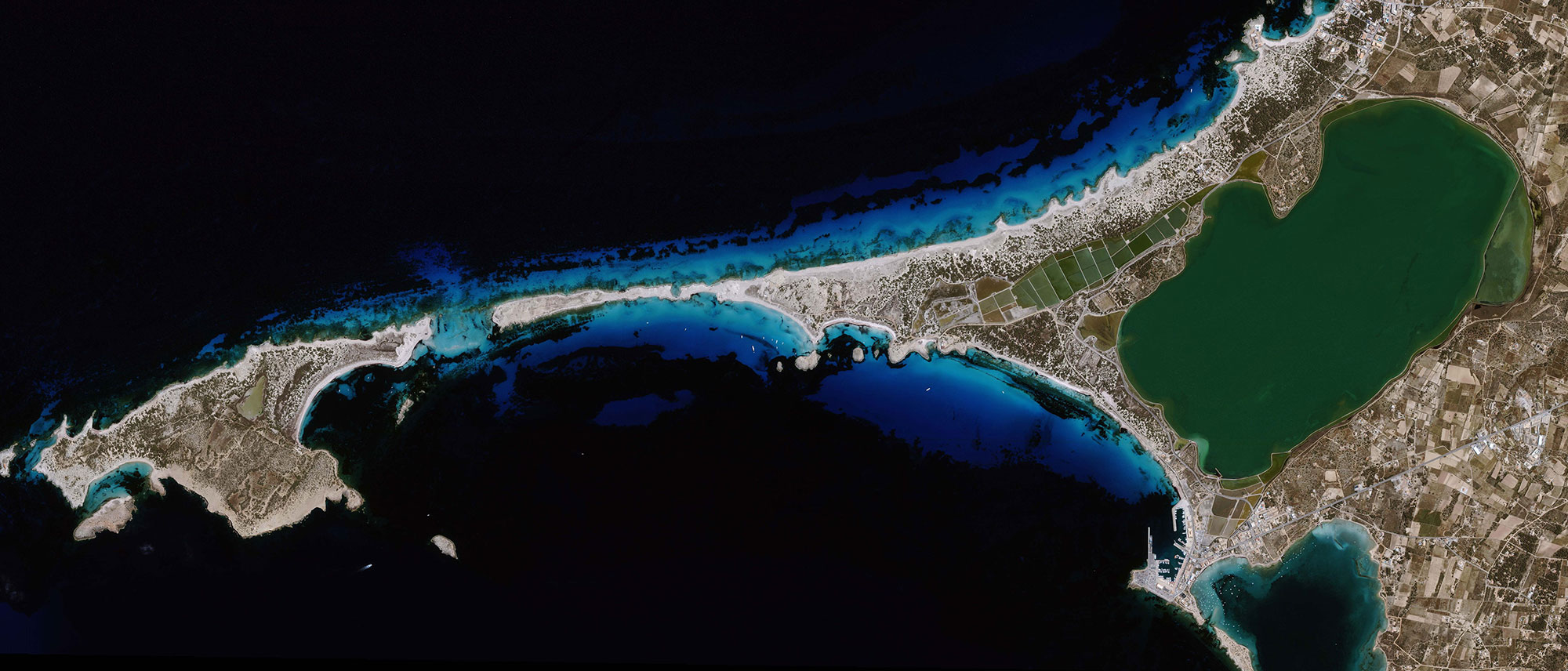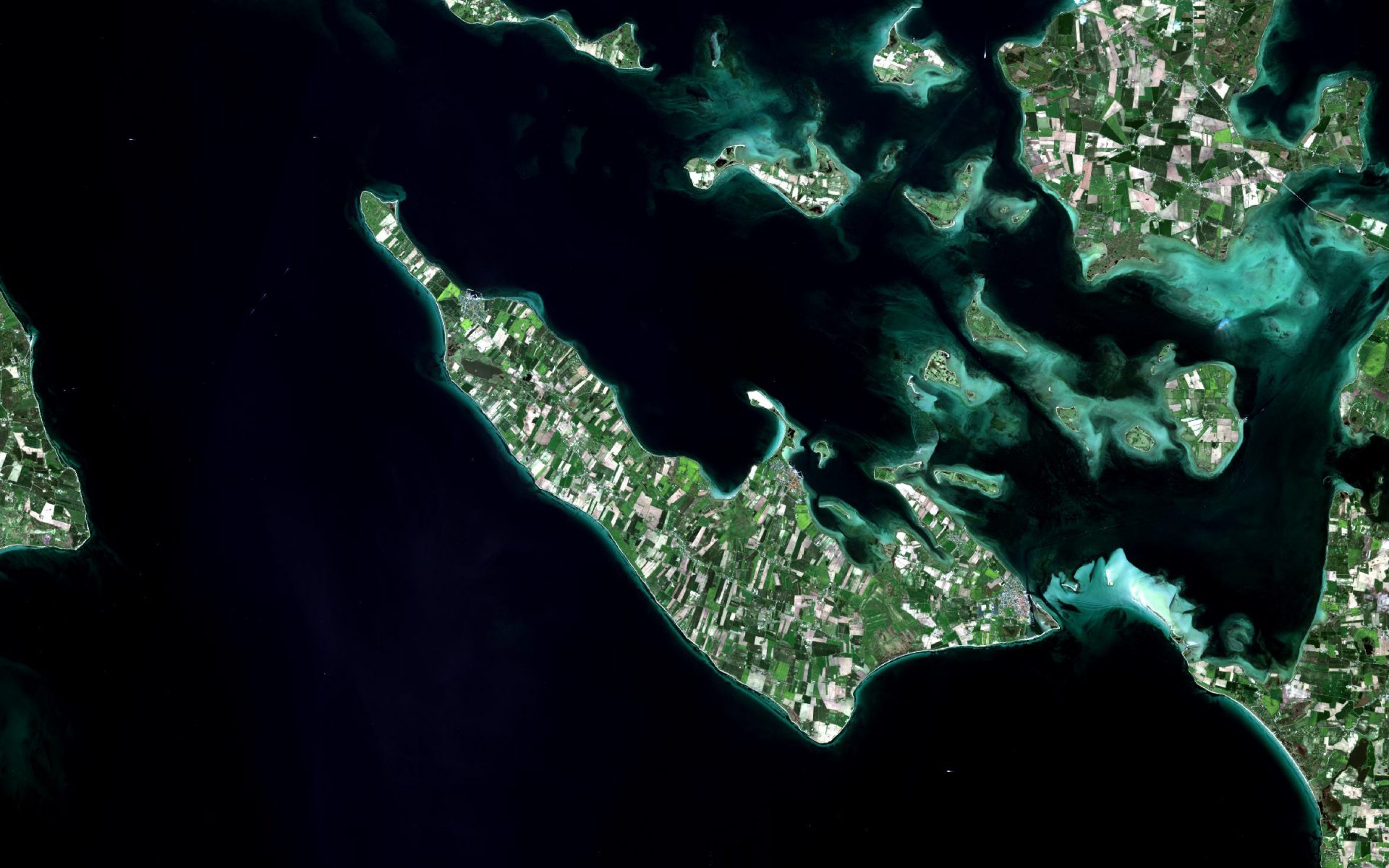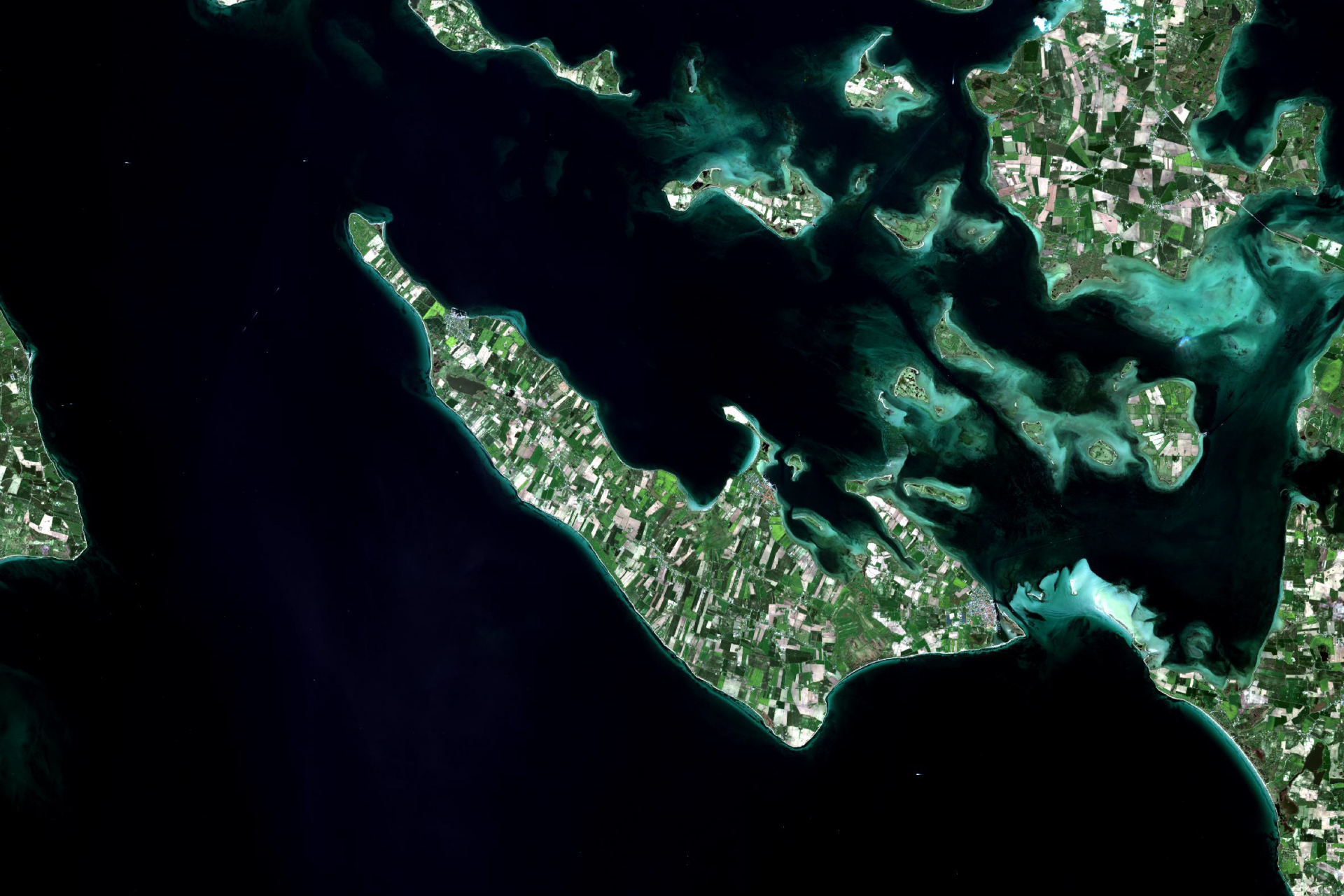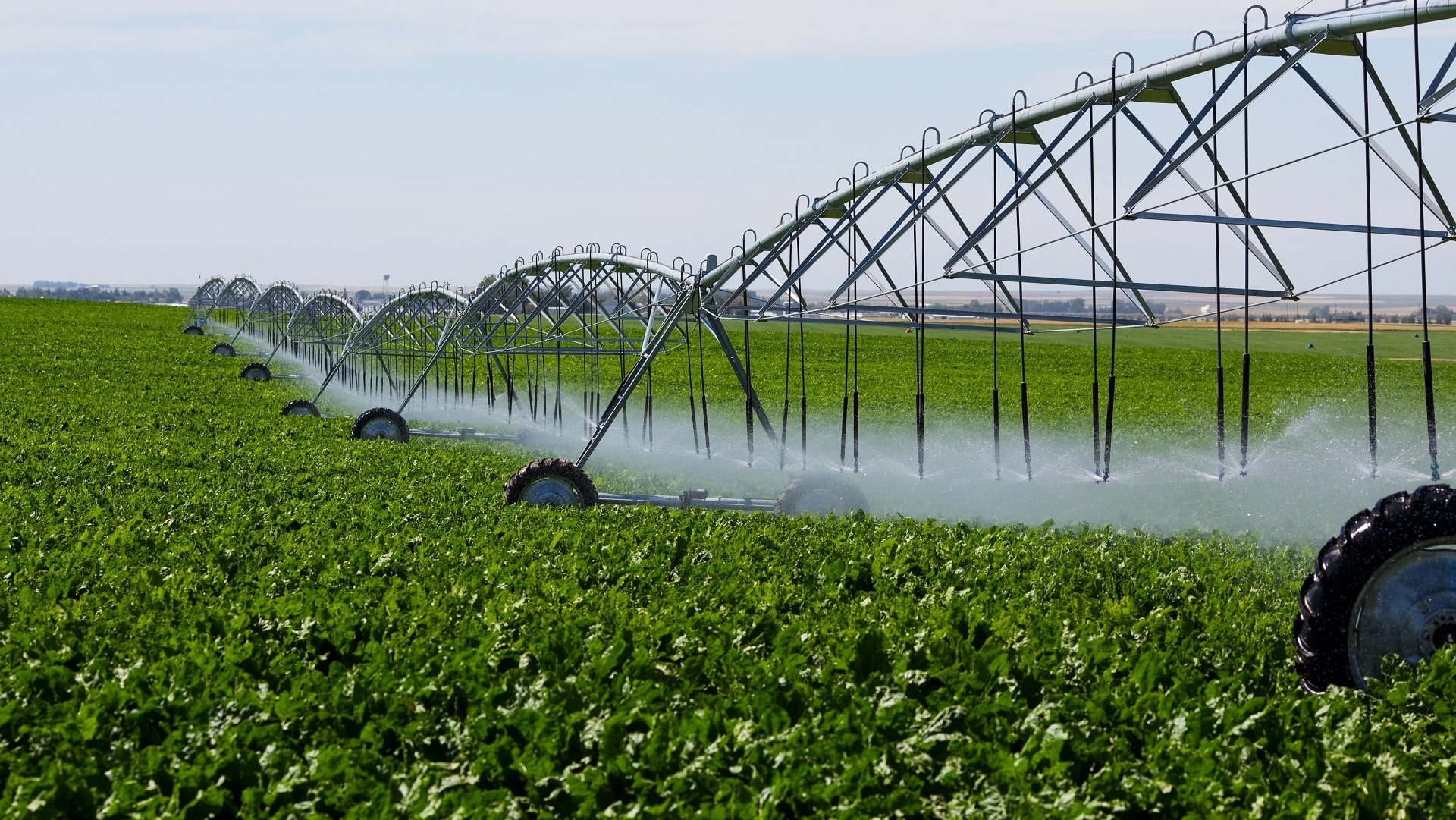EO4SDG Team Meeting:
30 November 2018
This week we have been meeting with our project partners DHI, Geoville, European Space Agency - ESA and UNEP-WCMC in Innsbruck to discuss how Earth Observation can contribute to the Sustainable Development Goals in our joint ESA project EO4SDG.
In the future, all UN countries have to report on a total of 256 indicators that each has separate methodologies. DHI GRAS is involved in a national mapping exercise for water use efficiency (SDG 6.4.1) in Uganda working with their statistical office and Ministry of Water and Environment.
The topic is also linked to another project funded by The Global Partnership for Sustainable Development Data (GPSDD ), where DHI GRAS is heavily involved in developing a full national wetland inventory in Uganda.
Uganda has been a pilot country for the monitoring of SDG Target 6.6, protect and restore water-related ecosystems. As part of the project a user-friendly digital system is under development for the Ugandan Ministry of Water and Environment. In time, it should be possible to scale to other countries in East Africa.
For more information, visit:

EOatDHI part of the DHI GROUP
gras@dhigroup.com
+45 4516 9100
Agern Alle 5,
2970 Hørsholm,
Denmark
CVR: 36466871



